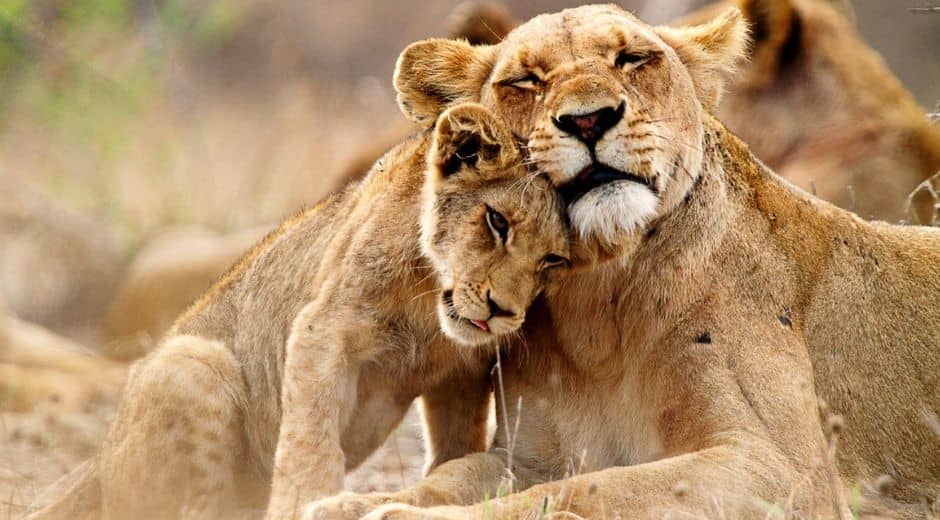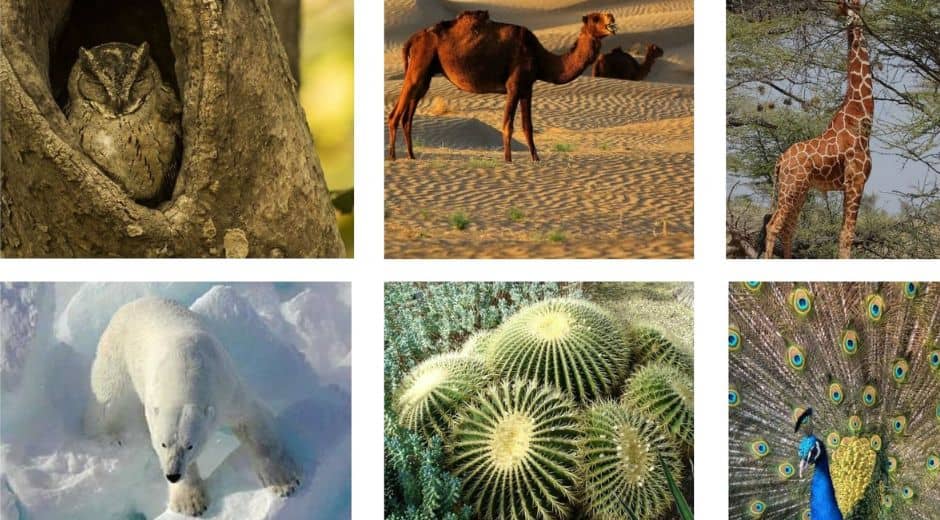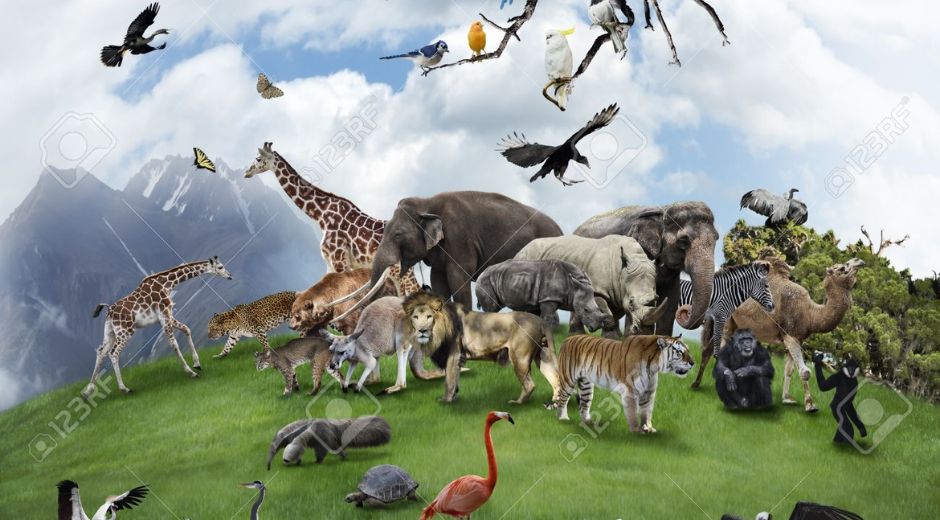6 Amazing Animal Behaviors That Show Nature’s Genius
6 Amazing Animal Behaviors That Show Nature’s Genius
The natural world is full of fascinating behaviors that reveal the intelligence, adaptability, and ingenuity of animals. From intricate hunting strategies to extraordinary communication methods, these behaviors allow species to survive, thrive, and maintain the delicate balance of ecosystems. Studying animal behaviors not only deepens our appreciation of wildlife but also inspires human innovation in technology, science, environmental management, and sustainable design, encouraging creative solutions that mimic nature’s efficiency and resilience.
1. Tool Use in Primates
Some primates, including chimpanzees and orangutans, demonstrate remarkable intelligence by using tools to obtain food. These mannerisms include cracking nuts with stones, fishing termites from mounds using sticks, and using leaves to drink water. Such complex actions showcase advanced problem-solving abilities, planning skills, and adaptability, highlighting how certain animal mannerisms mirror early human ingenuity. Researchers often study these mannerisms to understand cognitive development, social learning, and cultural transmission in animal communities, revealing fascinating insights into intelligence and innovation in the natural world.
2. Complex Hunting Strategies in Dolphins
Dolphins display highly coordinated hunting mannerisms, often working in groups to herd fish into tight clusters for easier capture. They communicate using clicks, whistles, and intricate body language, coordinating movements with remarkable precision to maximize efficiency. These social and tactical mannerisms demonstrate advanced intelligence, problem-solving skills, and cooperation, inspiring studies in robotics, artificial intelligence, and team-based strategies. Observing these mannerisms provides valuable insights into collective behavior, communication networks, and adaptive strategies that can be applied to human technology and organizational design.
3. Migration Marvels in Birds
Many bird species undertake long-distance migrations, navigating thousands of miles with remarkable precision. These migratory behaviors rely on environmental cues such as the sun, stars, and Earth’s magnetic field. The ability of birds to return to the same breeding or feeding grounds year after year highlights an astonishing natural GPS system. Scientists studying these behaviors gain insights into navigation, orientation, and even climate change impacts on species survival.
4. Camouflage and Mimicry in Insects
Certain insects exhibit mannerisms that involve camouflage or mimicry to avoid predators. Stick insects blend seamlessly with branches, while some butterflies mimic the appearance of toxic species to ward off threats. These mannerisms are not only survival mechanisms but also demonstrate evolutionary creativity, inspiring materials science, design, and military applications. Observing these behaviors helps us understand adaptation and the ongoing arms race between predator and prey.
5. Social Learning in Elephants
Elephants are known for their complex social structures and emotional intelligence. Their behaviors include mourning deceased members, teaching young calves survival skills, and communicating across long distances using infrasound. These behaviors showcase empathy, memory, and strategic thinking. Studying elephant social mannerisms provides insight into animal cognition, leadership, and the importance of maintaining healthy social environments for wildlife conservation.
6. Bioluminescence and Communication in Marine Life
Several marine species, including certain fish, jellyfish, and squid, use bioluminescence for communication, mating, or predator deterrence. This fascinating mannerisms involves producing light through chemical reactions within the body. Bioluminescent displays can signal danger, attract mates, or help animals navigate the dark ocean depths. Researchers study these mannerisms to develop innovative technologies in lighting, medical imaging, and communication systems. For more examples of fascinating animal intelligence and behaviors, you can explore Zoopora, which highlights remarkable animal adaptations and strategies.
Conclusion
These six incredible animal behaviors reveal the genius of nature and the extraordinary ways species adapt to survive. From tool use in primates to bioluminescence in marine life, observing and understanding these behaviors can inspire scientific innovation, conservation efforts, and a deeper appreciation for the natural world.
For more insights into wildlife, fascinating animal behaviors, and ways to support biodiversity, visit Ecoglobalo, where we provide resources and practical guidance for protecting the planet and its incredible inhabitants.
Live Green Think Global

Using Earth Logic to Guide Sustainability
Using Earth Logic to Guide Sustainability

Eco Shift Actions That Inspire Global Change
Eco Shift Actions That Inspire Global Change

Planet Focus Strategies Making Real Impact
Planet Focus Strategies Making Real Impact









